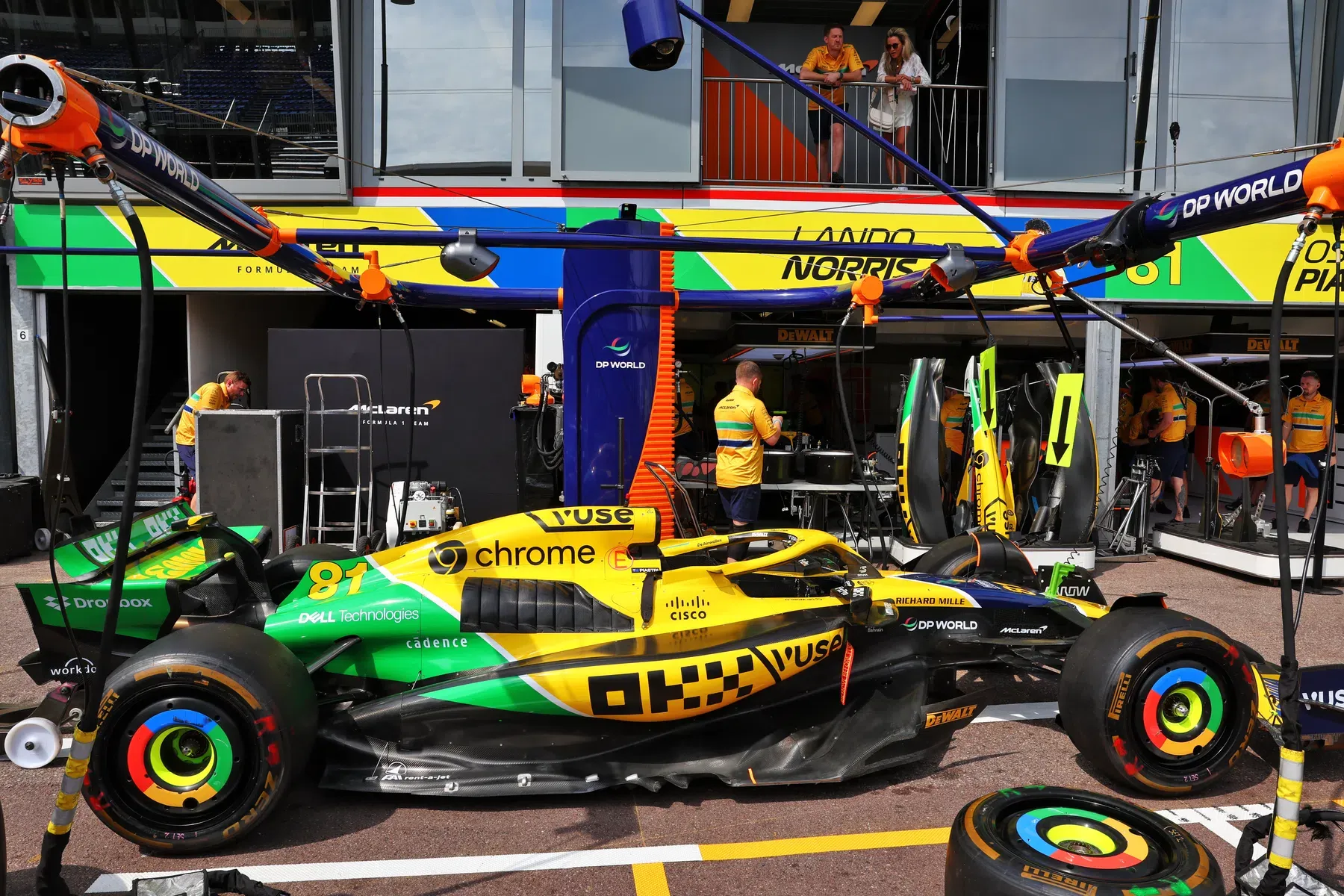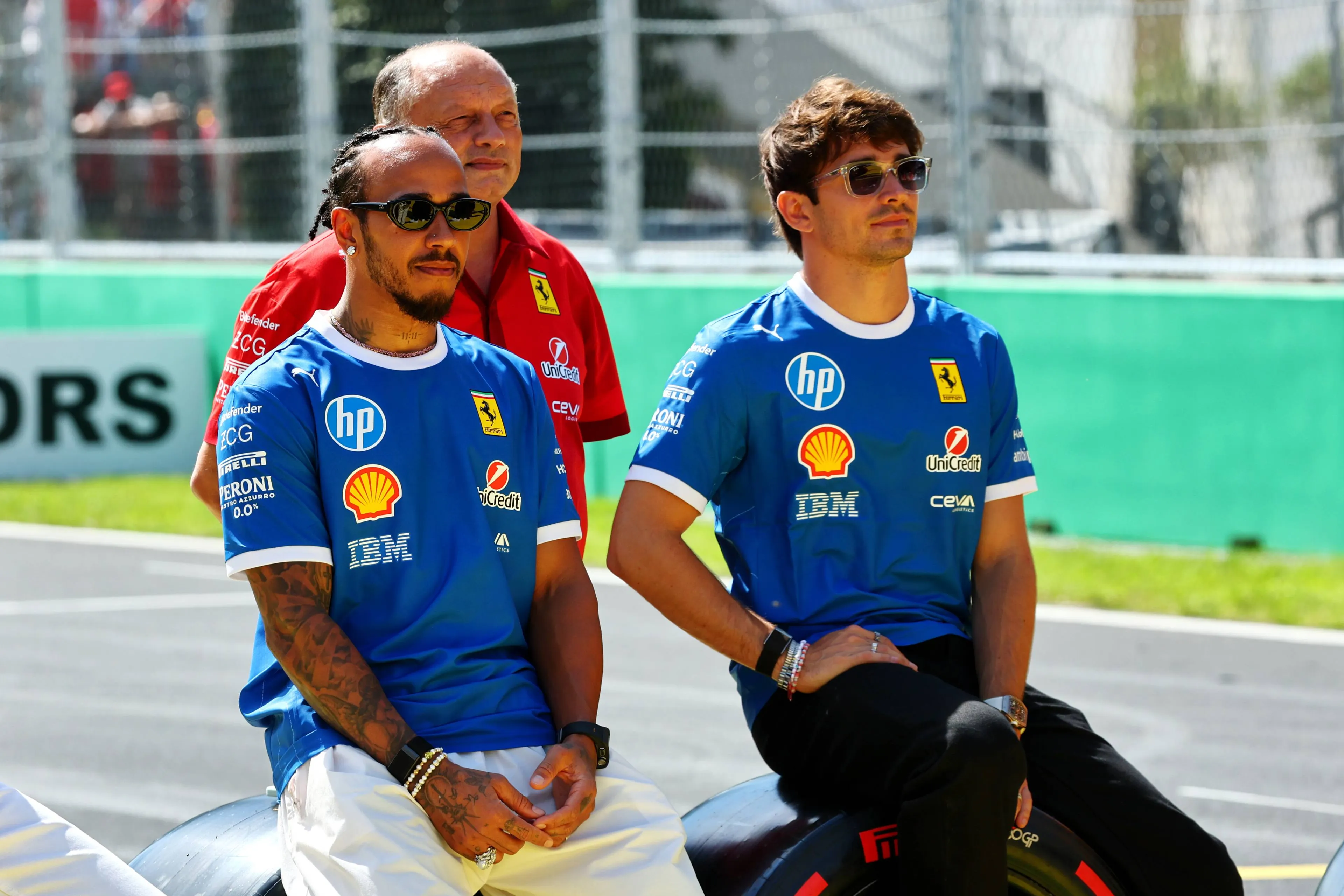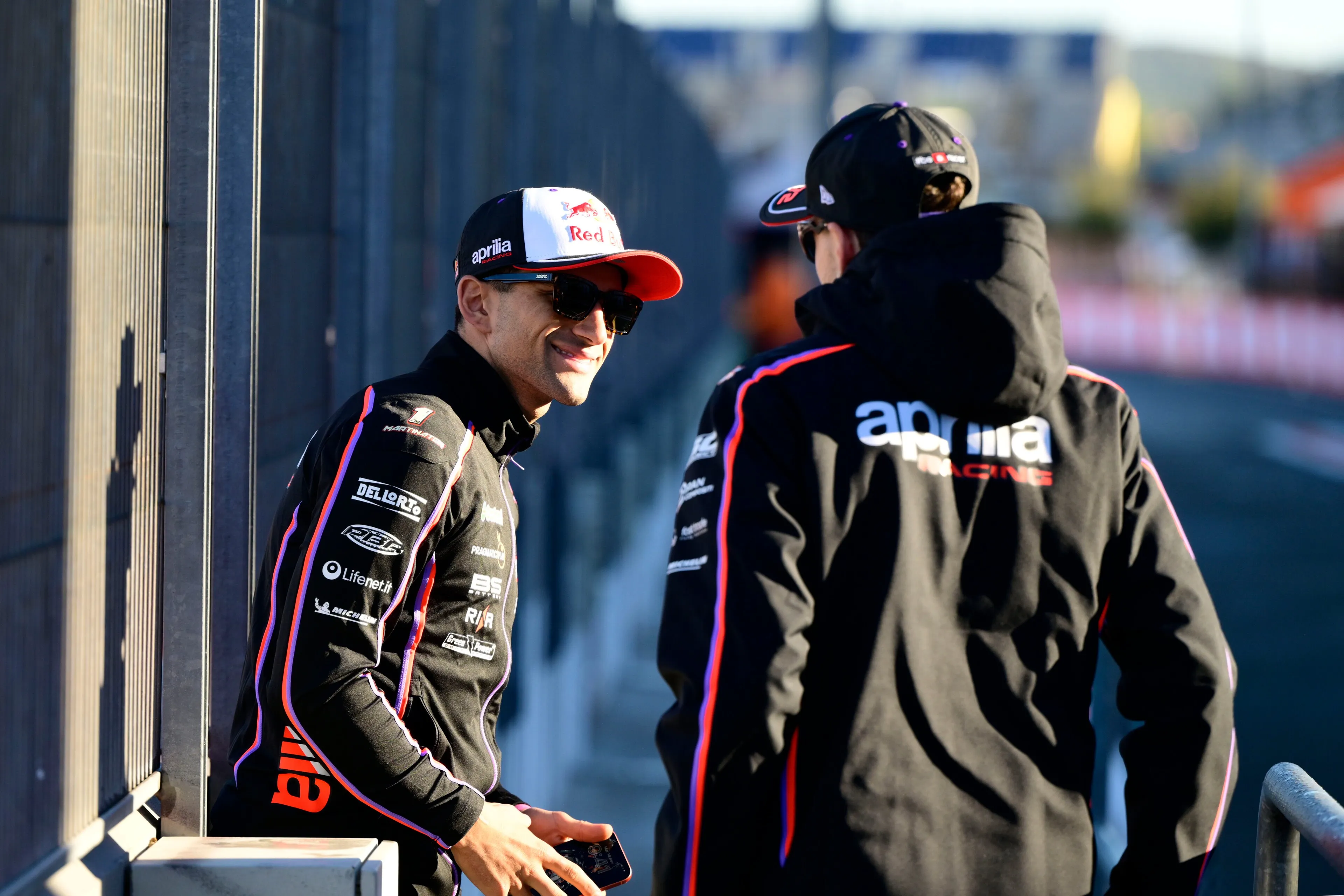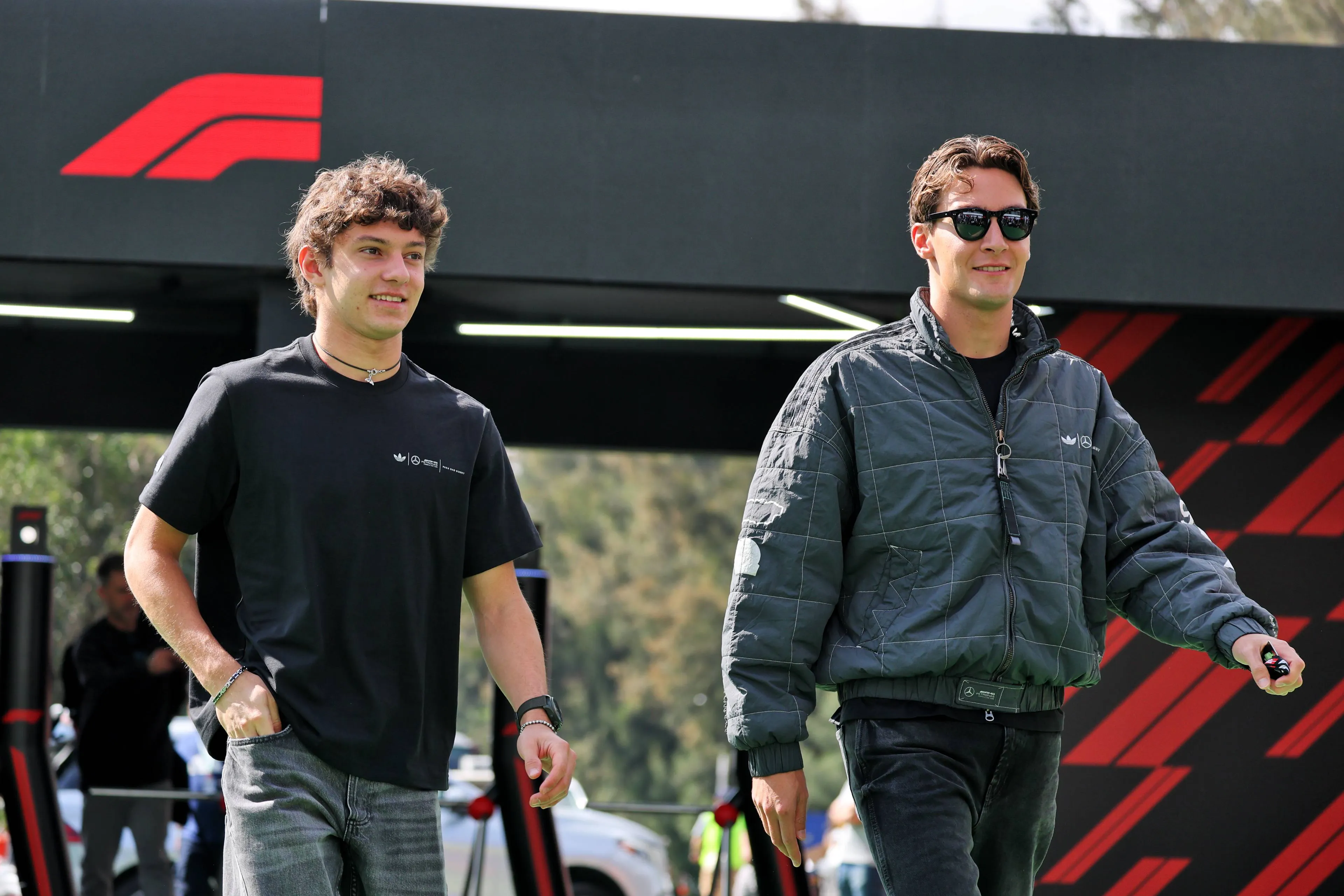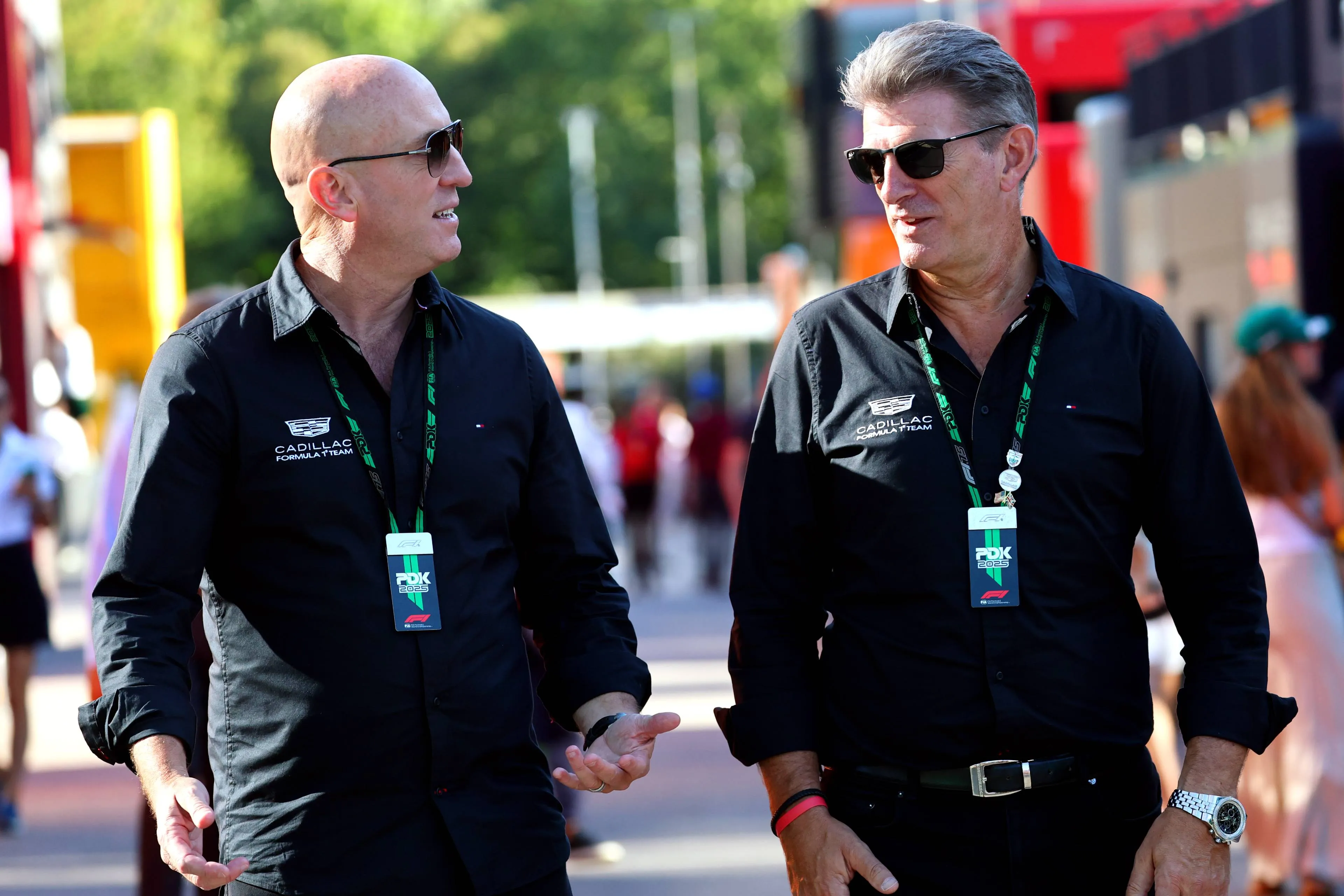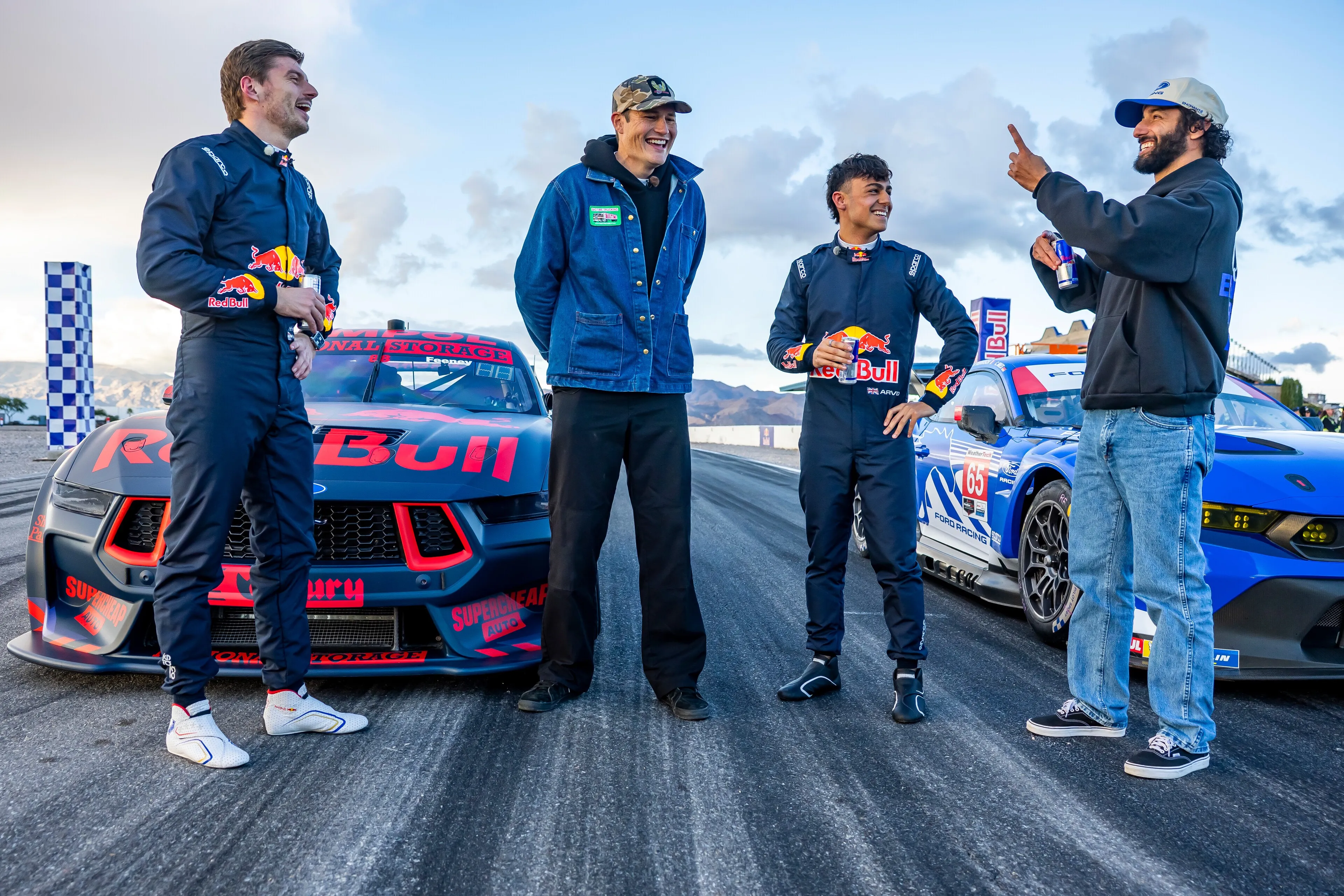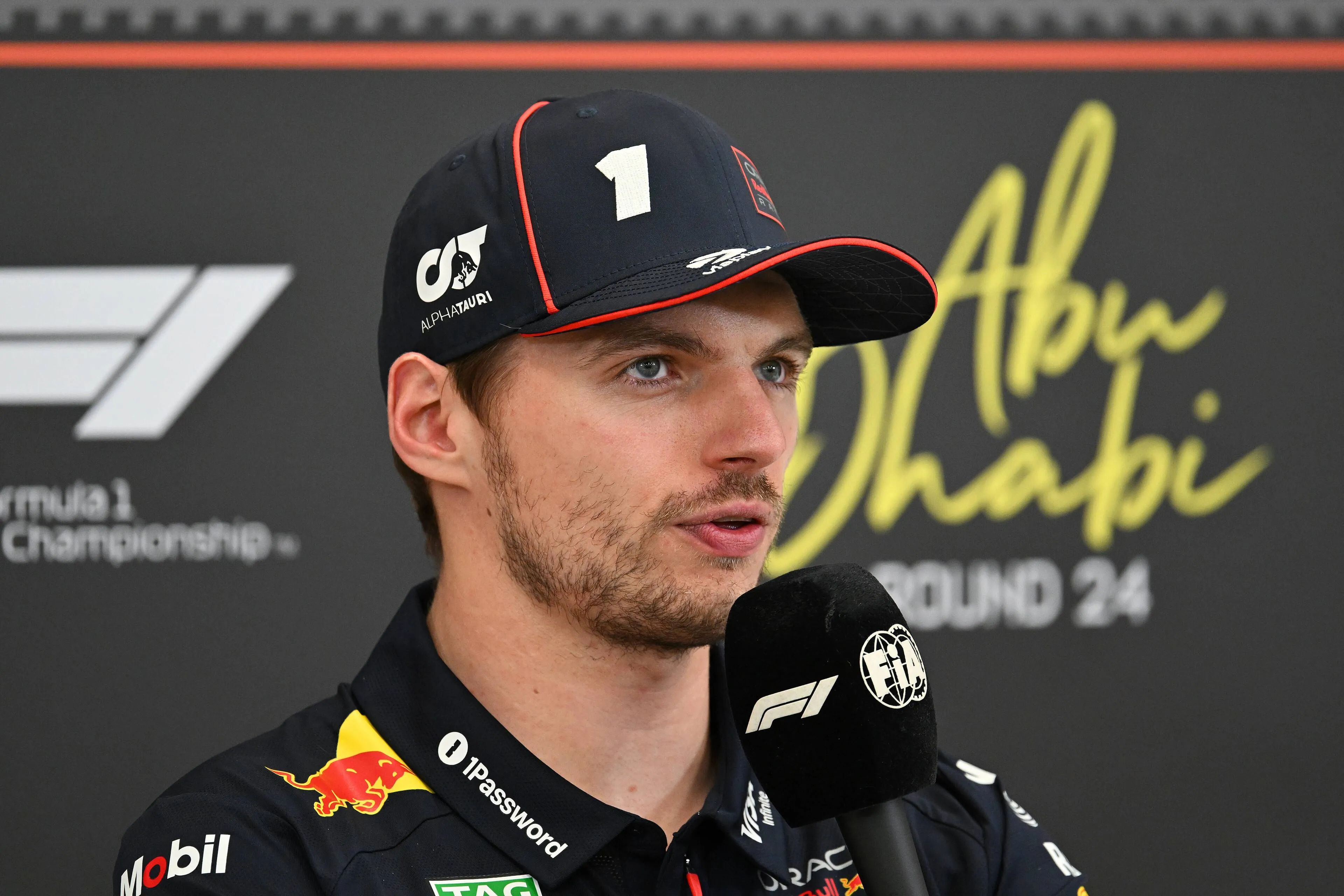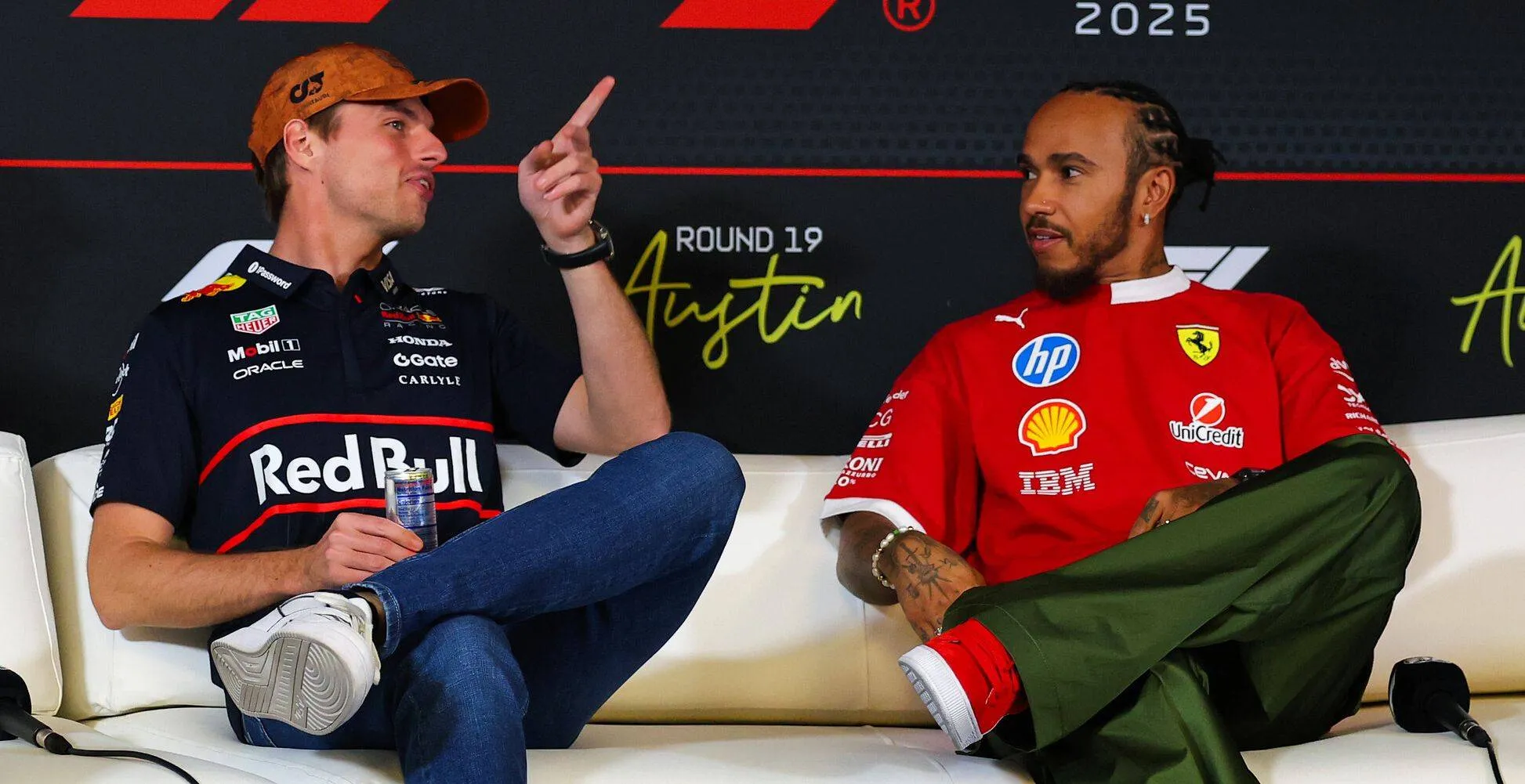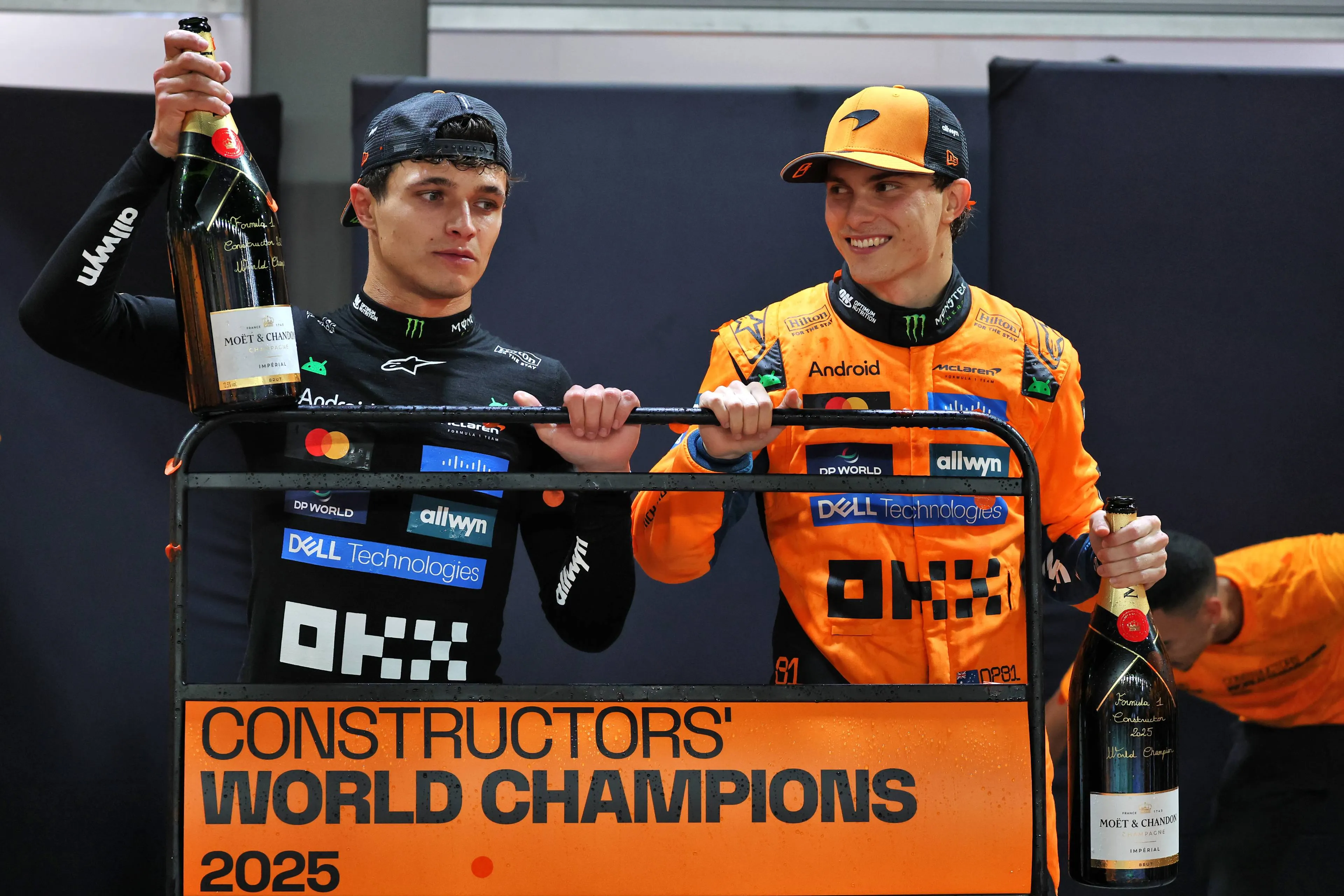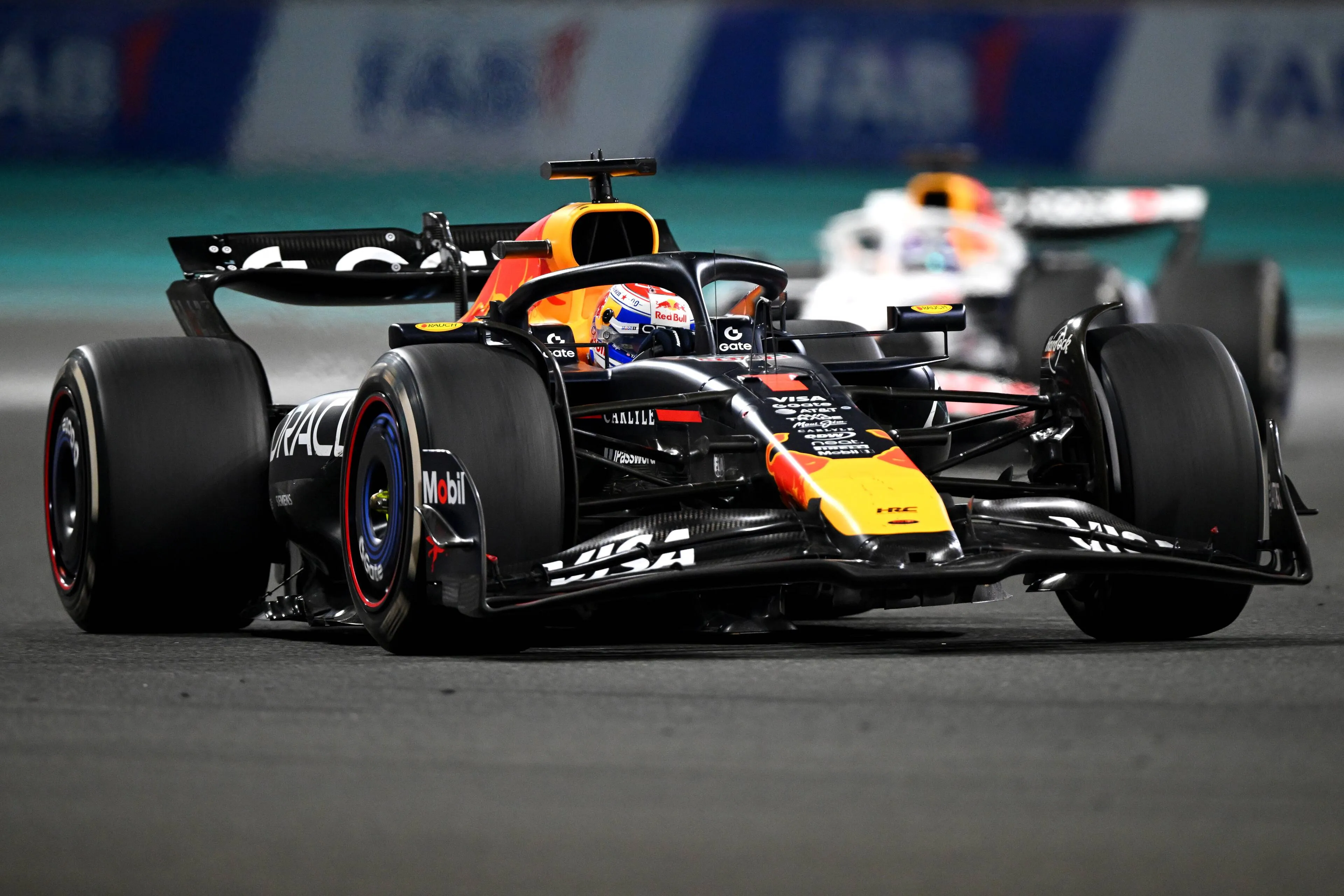Tech Preview | Why a McLaren victory in Monaco would not be a utopia
10:30, 24 May 2024
0 Comments
After a very tight race last time out in Imola, F1 is moving to the most prestigious and historical venue of the whole calendar, Monaco. The track that winds through the narrow and twisty streets of the Principality is well known for being a big challenge for both the drivers and the engineers. Finding the right set-up to be fast in Monaco seems easy, but drivers’ confidence plays a crucial role here. Moreover, the ability to switch on the tyres will be a huge advantage during qualifying on Saturday. Let’s try to find out what to expect from this weekend.
Monaco is a track with almost no straights, so all teams usually adopt a maximum downforce set-up. This also helps to put the tyres into the working window and gives the drivers much more confidence through the slow hairpins and chicanes.
Since all teams will adopt a very similar level of downforce on their cars, the mechanical set-up and the dynamic setting will make the difference this weekend.
Crucial to find the right mechanical set-up
The Monaco Circuit is characterised by very bumpy asphalt, which is not ideal for these ground effect cars. Furthermore, being an “everyday” asphalt, it has a low level of grip, which tends not to generate enough energy to heat the tyres. Closely related to this element, the absence of fast corners that can put heat into the front tyres tends to cause the left front tyre to be affected by graining as the laps go by.
Furthermore, the very high curbs to attack (such as at Portier or at the exit of the swimming pool chicane) require a greater ride height from the ground than that conventionally used on permanent circuits, which is not ideal for the Venturi channels, designed to generate a high level of downforce the closer they are to the ground.
For both of the reasons just explained, the engineers tend to adopt a very soft set-up, especially longitudinally, to improve stability under braking and above all traction, which is essential for being fast around Monaco. This choice also helps to generate temperature on the front axle: a softer mechanical set-up means that the tyres absorb all the roughness of the asphalt and that there is greater friction between the tarmac and the tyre itself, generating more heat. Furthermore, teams try to set the height of the car as low as possible, to have good speed even in medium-fast corners, such as Tobac and the entry of the swimming pool chicane.
However, this can have negative effects on the driver's confidence: if the set-up is too soft (in terms of suspension) and the ride height is too low, the car is really unstable as it tends to bottom a lot and slide as a consequence. So, on a track of this type, it is much more useful to have feedback from the driver and follow the path (in terms of set-up) he prefers, as confidence is essential to be fast around here.
With all these factors having a huge influence on overall performance, let’s examine which team could benefit from the Monaco layout this weekend.
McLaren, Red Bull and Ferrari all in a fight but with different problems
McLaren proved to have a very competitive car, which perfectly suited both the Miami International Autodrome and the Imola Circuit. The MCL38, in fact, is able to generate a lot of downforce from the Venturi channels and the bodywork of the car, an aspect that helps both Piastri and Norris to better babysit their tyres during the race. Moreover, the Woking based team’s car has a crucial feature that could make a huge difference around Monaco: it’s been designed to put a lot of heat into the tyres, especially in qualifying, which could allow Piastri and Norris to need only one preparation lap before having the right temperatures on both axles.
This advantage could be even more evident if it rains: already last year, McLaren proved to be the fastest car in the wet around Monaco, always thanks to this feature of their car and this year, history could repeat itself.
Despite this huge advantage, McLaren still seems a little bit behind Ferrari and Red Bull in terms of pure speed in the slow speed corners, so they’ll need to find the perfect mechanical set-up to eventually fight on equal terms with their competitors.
As Piastri underlined in the usual Thursday press conference, they could challenge Red Bull if they keep up with this pace: "In the Constructors it's possible to mount a challenge if both of us are scoring good points week in, week out. But again, it's been two weekends that we've been able to fight for a win. We need to make sure that we can do that consistently first. And if you do that, then naturally the championship kind of starts to come towards you.”
Red Bull could have an unpredictable weekend in Monaco: on the one hand, the RB20 proved to have improved a lot in terms of slow speed stability compared to the RB19 and its traction has been a lethal weapon since the beginning of the year. However, the car has demonstrated in Imola to suffer a too soft mechanical set-up in the longitudinal direction, as it created a lot of understeer at the apex and a very loose rear while braking. Moreover, the car seems a little less comfortable in attacking high kerbs than Ferrari and McLaren: watching at the onboards through the Variante Alta (Turn 14-15) in Imola, the RB20 seemed to absorb the kerbs worse than the SF-24 and the MCL38.
Despite these elements, however, they must be considered in the fight for victory in Monaco, especially seen how specific and peculiar this track is.
Ferrari made quite a big step forward with the upgrades introduced last time out, but they still need to fix a crucial aspect: their qualifying performance. Since the beginning of the season, in fact, the SF-24 struggles more in qualifying than in the race, as it struggles to wake up the tyres quickly, opposite to what the MCL38 is able to do. This could be a limiting factor around Monaco, where qualifying is essential to fight for the win, but a lot will depend also on the weather and the different strategies to prepare the lap: seen their difficulties, the Maranello team could decide to do 2 preparation laps, to put the tyres into the perfect operating window.
A lot will depend on teams and drivers' abilities to find the right mechanical set-up which both puts the tyres into the right operating window for qualifying and also gives enough confidence to the drivers to push the car to the limit, finding all the extra tenths.
Read more about:
Popular on GPBlog
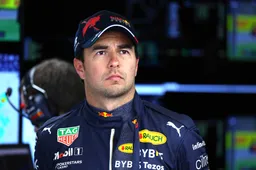
1
Perez on replacing Hamilton: 'Never expected to make this move'
8896 times read
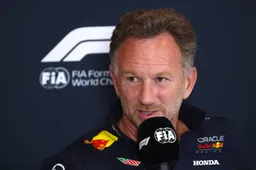
2
Christian Horner wants to buy Alpine - and that’s bad news for Red Bull
2765 times read

3
Hamilton backed for eighth title as Andretti refuses to write F1 star off
1749 times read
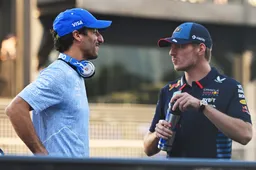
4
Max Verstappen and Daniel Ricciardo reunite in Red Bull video as Ford challenge ends in surprise result
1251 times read
Loading
